The Development of Kinetic Energy Penetrators
–Early Development:
– Kinetic energy (KE) penetrators have been utilized since World War II, evolving significantly over the decades. Initially, these projectiles were basic steel rods designed to pierce through armor using sheer momentum.
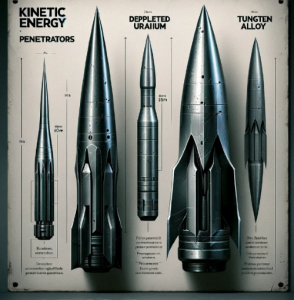
-Cold War Advancements:
– During the Cold War, advancements in materials science and aerodynamics led to the development of more sophisticated KE penetrators. This period saw the introduction of depleted uranium (DU) and tungsten alloys, which offered superior density and hardness.
–Modern Era:
– Today, KE penetrators are a crucial component of modern military arsenals, particularly in tank and anti-tank warfare. They are designed to defeat increasingly advanced armor technologies, including reactive and composite armors.
Materials of Kinetic Energy Penetrators
–Depleted Uranium (DU):
– DU is favored for its high density and pyrophoric properties, which enhance penetration capabilities and cause secondary damage within the target. However, DU’s use is controversial due to environmental and health concerns.
–Tungsten Alloys:
– Tungsten, often alloyed with nickel, iron, or cobalt, provides a non-radioactive alternative to DU. Tungsten penetrators are valued for their hardness, density, and resistance to deformation under high stress.
Related reading: Tungsten Penetrators: The Cutting Edge Of Armor-Piercing Technology
–Composite Materials:
– Recent innovations include the use of composite materials and advanced ceramics, which aim to combine the best properties of metals and non-metals, such as lightweight with high strength.
–Tungsten Penetrators vs Depleted Uranium
- Penetration Performance: Tungsten penetrator’s superior hardness can provide better performance against certain types of modern armor, which are designed to disrupt softer materials.
- Pyrophoric Effect: DU’s pyrophoric property gives it an additional advantage upon impact, causing internal fires and secondary damage. This incendiary effect can be particularly devastating in armored vehicles.
- Environmental and Health Concerns: DU poses significant long-term environmental risks due to its slight radioactivity and chemical toxicity. Contaminated areas may suffer from soil and water pollution, and personnel exposed to DU can experience health issues over time. While tungsten penetrators do not have such risk.
- Cost and Availability: Tungsten penetrators are more expensive and less readily available than DU, which is a byproduct of uranium enrichment processes and thus relatively plentiful. The higher cost of tungsten penetrators can be a limiting factor for widespread use in military applications.
Related reading: Do Tungsten Penetrators Work Better Than Depleted Uranium?
Applications of Kinetic Energy Penetrators
- Military Use:
- KE penetrators are primarily used in anti-tank and anti-armor roles. They are deployed in various munitions, including tank gun rounds, artillery shells, and guided missiles.
- Naval Warfare:
- In naval contexts, KE penetrators are used to defeat the armor of ships and submarines. Their ability to penetrate hulls and critical components makes them vital in naval engagements.
- Aerospace:
- KE penetrators are also explored for space and satellite defense applications, where they can potentially be used to disable or destroy enemy satellites and space stations.
- Civilian and Industrial Applications:
- Although primarily military, some principles of KE penetrators are applied in civilian industries. For example, high-velocity projectiles are used in mining and construction to break through hard materials.
Challenges and Future Directions
- Environmental and Health Concerns:
The use of DU poses significant environmental and health risks, leading to increased research into safer alternatives. Managing the aftermath of DU usage in conflict zones remains a major challenge.
- Armor Technology:
As armor technology advances, KE penetrators must continuously evolve. Innovations in composite and reactive armors require constant improvements in penetrator design and materials.
- Manufacturing and Cost:
The production of advanced KE penetrators involves complex manufacturing processes and high costs. Balancing effectiveness with economic feasibility is an ongoing concern.
- Research and Development:
Future developments may include the use of nanotechnology and smart materials to create even more effective penetrators. The integration of advanced guidance systems to increase accuracy and lethality is also a focus area.
Conclusion
Advanced kinetic energy penetrators represent a critical aspect of modern military technology, driven by ongoing advancements in materials science and engineering. While they provide significant tactical advantages, their use brings forth challenges that must be addressed through continuous innovation and responsible management. For more details, please check Advanced Refractory Metals (ARM).
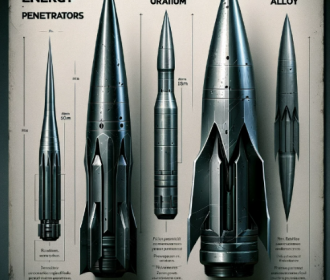
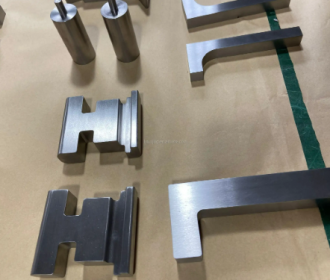
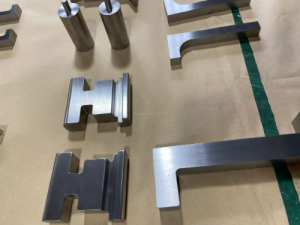
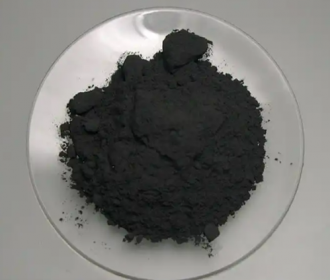
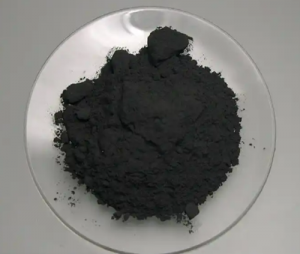

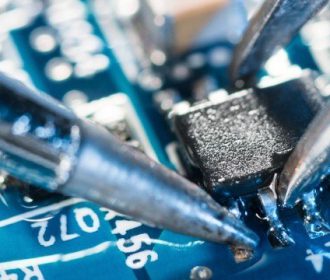

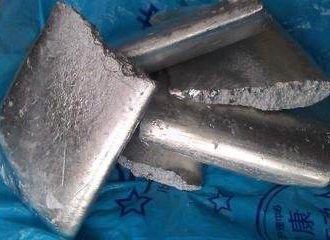
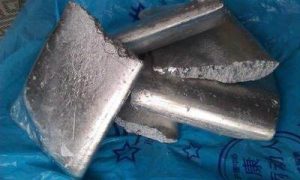
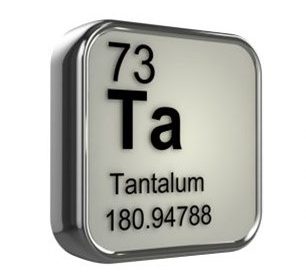
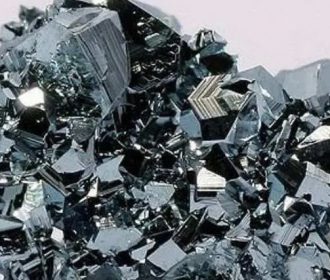
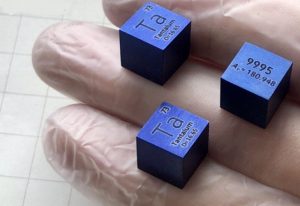
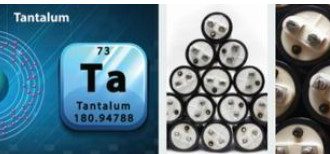
Recent Comments